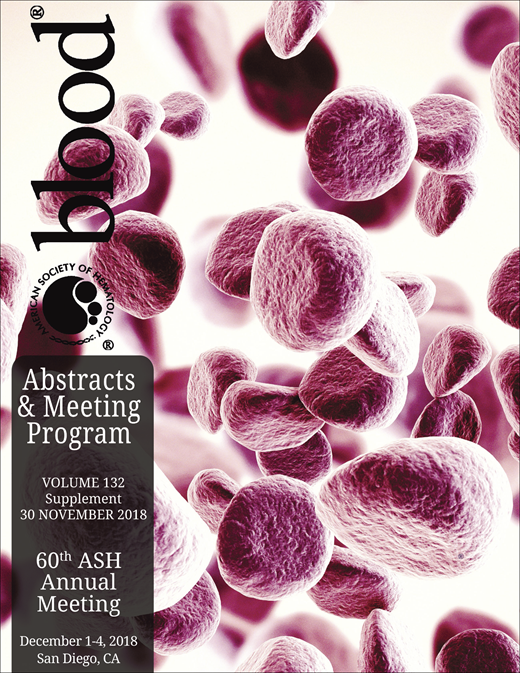Abstract
Introduction: Multiple myeloma (MM) is characterized by the over-expression of D-cyclin genes and the expression is tightly linked to cytogenetic subgroups. For instance, overexpression of CCND1 in the t(11;14) and CCND3 in the t(6;14) is direct through IgH super-enhancer translocation, and CCND2 overexpression in t(4;14), t(14;16) and t(14;20) indirectly, presumably as a result of transcription factor or epigenetic regulation. In hyperdiploid MM, CCND1 is highly expressed in patients with trisomy of chr.11 and CCND2 in those without trisomy 11. Here, we combine DNA methylation with CTCF or super-enhancers (SE) binding and global histone profile to describe a novel perspective of epigenetic regulation of CCND1/2 expression in MM.
Methods: Newly diagnosed MM patient CD138 sorted bone marrow plasma cells (PCs), consisted of those with a t(14;16) (n=17), t(14;20) (n=7), t(4;14) (n=9), t(11;14) (n=10) and hyperdiploidy (n=19, separated into D1-HRD (n=12) or D2-HRD (n=7), and were compared to PCs from healthy donors (n=4). A reduced representation bisulfite sequencing was performed to identify differentially methylated regions (DMRs). Histone modifications were determined using ChIP-seq in reference to KMS11 cells for t(4;14), U266 for t(11;14), and MM.1S for the MAF group patients. Additionally, enrichment of SEs in MM1.S and CTCF in Delta47 cells were determined to assess the collaborative epigenetic impact on altered CCND1/2 expression (FDR<0.05) in MM.
Results: In the t(4;14) subgroup, CCND2 DMRs (n=21) at the promoter expressed marginal differences (<5%) in methylation compared to control, but showed enrichment for SEs/CTCF-binding. In contrast, of 15 DMRs in the body of CCND2, 7 showed significant demethylation (mean differential methylation; MDM: 16%; p<0.01), compared to the control. We also observed enriched activating H3K27Ac marks at the promoter and H3K4me1 and H3K36me3 at the body of CCND2 in KMS11. The prevalence of demethylation in the body and interactions from activating histone marks or SE/CTCFs was consistent with 3-fold increase in the expression, compared to control (6.92). The other CCND2 over-expressing groups, t(14;16) and t(14;20), also showed demethylation across the body and over-expressed by 5.21-fold in t(14;16) and 4.72-fold in t(14;20). We observed enrichment of activating H2K27Ac, H3K4me3, H3K4me1 or H3K36me3 marks in both the promoter and body of CCND2 in MM.1S. Moreover, the D2-HRD subgroup showed hypomethylated body and subtly hypermethylated promoter (MDM: 2%; p<0.01) with 8.82 fold increased expression of CCND2 than control.
CCND1 showed a reducing hypomethylation gradient (MDM: 12% to 0.05%, p<0.01) across 24 DMRs, spanning from 5 kb upstream of the transcription start site (TSS), with an exception of a subtle increase in methylation across 6 DMRs (MDM>1%, p<0.01), spanning from 0.79-2.24 kb downstream of the TSS, compared to control. The rest of body contained 19 DMRs that were significantly hypomethylated. We also observed enrichment of H3K27Ac and H3K4me3 at the promoter and body of CCND1 in U266 cells. CCND1 hypomethylation from the promoter to exon 3 also coincides with strong signals from enhancer or CTCF sites, which was consistent with 7.41-fold increase in expression in the subgroup, compared to control (4.41). CCND1 was also upregulated by 4.07-fold in D1-HRD, however, unlike the t(11;14) samples the gene body was not exclusively hypomethylated.
Conclusion: The disparities in CCND1/2 expression among MM subgroups are not the singular consequence from epigenetic events but broadly depends on other genotypic features such as alterations in copy number or chromosome structure. For instance, CCND1 DNA-demethylation does not always correlate with expression in t(4;14), D2-HRD, or the MAF cluster, implying that the predominant effect is through juxtaposition of the IgH-SE next to CCND1 in the t(11;14). In contrast, suppression of CCND2 expression in t(11;14), compared to t(4;14)/MAF may be explained by the enrichment of inactivating H3K27me3 marks at the body of CCND2 in the U266 cells. In summary, DNA hypomethylation at promoters or gene bodies facilitate the formation of open chromatin to enhance interactions with SE/CTCF or histones to constitute a three-dimensional epigenetic regulatory network, which potentially influence gene expression and identify novel variants in signaling pathways in MM, as evidenced here with CCND1/2.
Roy Choudhury:University of Arkansas for Medical Sciences: Employment, Research Funding. Davies:MMRF: Honoraria; TRM Oncology: Honoraria; ASH: Honoraria; Abbvie: Consultancy; Amgen: Consultancy, Membership on an entity's Board of Directors or advisory committees; Celgene: Consultancy, Honoraria, Membership on an entity's Board of Directors or advisory committees; Takeda: Consultancy, Membership on an entity's Board of Directors or advisory committees; Janssen: Consultancy, Honoraria. Morgan:Janssen: Research Funding; Bristol-Myers Squibb: Consultancy, Honoraria; Celgene: Consultancy, Honoraria, Research Funding; Takeda: Consultancy, Honoraria.
Author notes
Asterisk with author names denotes non-ASH members.

